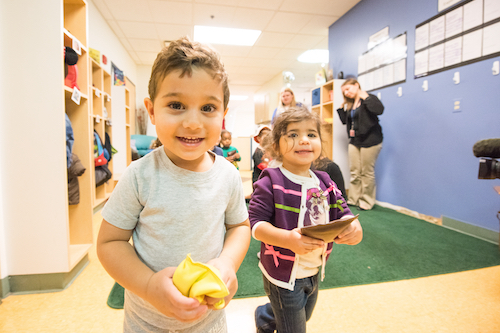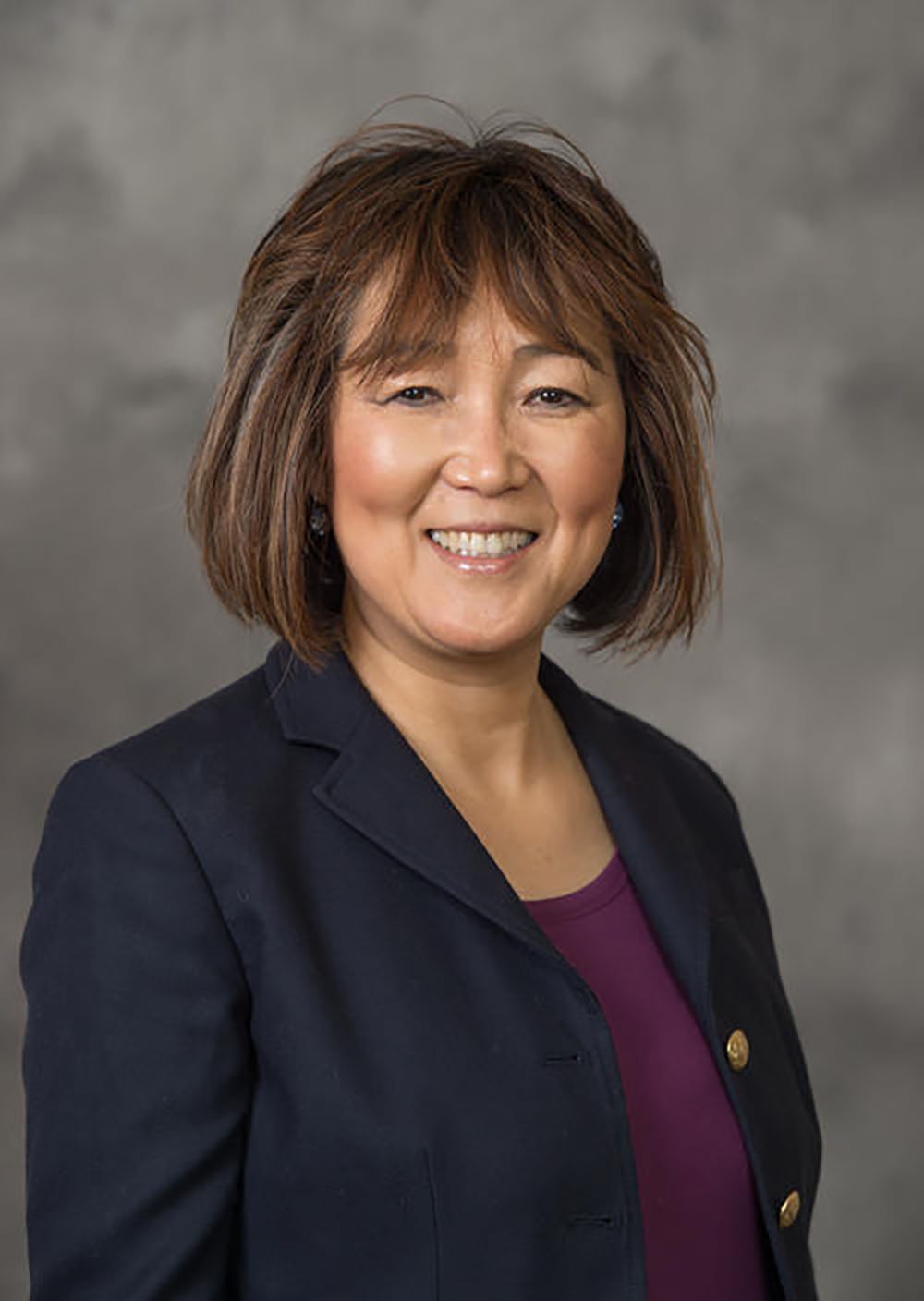Importantly, not all knowledge is constructed. Cultural conventions, like how to use a calendar, for example, can be shown more directly, as can many facts. But particularly with early learners, who are just starting their journeys in the world and are going through vital stages of cognitive development, constructed knowledge plays a substantial role. Hong says it’s important to remember that constructivism is fundamentally a theory about knowledge and learning, not teaching, but it has obvious implications for educational practice. If understanding can’t simply be delivered to another person by a transference of knowledge, then a good education has to prioritize more than memorization of facts, or other kinds of information that can be shown or told. Fundamentally, education serves its deepest purpose when it concerns itself with facilitating the very individualized constructed learning processes of students. If it does, it can actually help learners develop the indispensable and inexhaustible skill of learning how to be great at learning.
Take, for example, a subject that has almost universal appeal among children: animals. In a more traditional classroom setting, students might look at pictures, learn the names of different animals, maybe what countries they come from, and other interesting facts. In a constructivist classroom, the educator would lead the children along a different path. “Let’s take bugs, for example — kids love bugs,” Hong says with a smile on her face. “So we might ask the children, so why is it that a fly makes noise when it’s flying, or how can some bugs walk upside down, or how does a spider make its web?” The question challenges students to come up with — i.e. construct — a theory about that, which they then share with their teacher and fellow students. The teacher listens and tries to understand the logic behind the child’s theory, posing questions that may reveal its shortcomings, which provokes the student to amend their idea, and so on. The goal is that the child eventually arrives at an understanding of how the spider does indeed build its web, but the child has learned to reason through that on their own through this process of theory revision. More importantly, they’ve not only learned something about spiders; they’ve actually experienced how learning works.
Moreover, a constructivist educator would have a plan for how, say, an inquiry into spiders’ web making skills, could lead to further inquiries prompted by that initial curiosity. The spiderweb’s intricate geometry, for example, might be a natural segue into learning about shapes; or the way spiders are able to traverse their webs might spark questions about movement and how they’re able to be so acrobatic. Education thus becomes a structured journey through connected curiosities rather than a more random tour of facts contained in various academically defined subjects. Constructivist educators, Hong says, “treat children like researchers.”
If this all sounds like an exciting way to approach education, and also one that’s quite different from most American schools, Hong can empathize. Hong, who now serves as president of the Association for Constructivist Teaching, says the constructivist approach has mainly found a footing in private schools and some progressive public school settings, though its footprint has grown steadily over the past 40 years. The politics and traditions of today’s educational ecosystem, which emphasize accountability and achievement standards — features of what educators sometimes refer to as “the factory model of education” — are formidable forces indeed. And for her students who fall in love with this approach, Hong says it can be “disheartening” to find oneself in a public school setting where it feels like the priority is delivery of a mostly uniform and scripted curriculum.
But as someone who has dedicated much of her life and career to this subject, Hong remains inspired by the many educational oases where constructivism has taken hold. UM-Dearborn’s Early Childhood Education Center, for example, has provided a Reggio Emilia inspired constructivist education to young learners for three decades — and given many UM-Dearborn teachers in training a direct opportunity to see the theory in practice. Through her personal networks with constructivist schools and educators across the country, she’s also helped many students find placements fitting of their passions. Some of her students have gone on to start their own schools.
And even if a teacher ends up in a more traditional educational setting, Hong says she’s hopeful they’ll find ways to integrate constructivist pedagogies into their classrooms. An environment where learners come first can take many forms. And, for her, whatever the scope, finding ways to respect the natural curiosities of students is always an effort worth making.
###
Story by Lou Blouin. If you’re a member of the media and would like to interview Professor of Early Childhood Education Seong Hong about this topic, drop us a line at UMDearborn-News@umich.edu and we’ll put you in touch.






